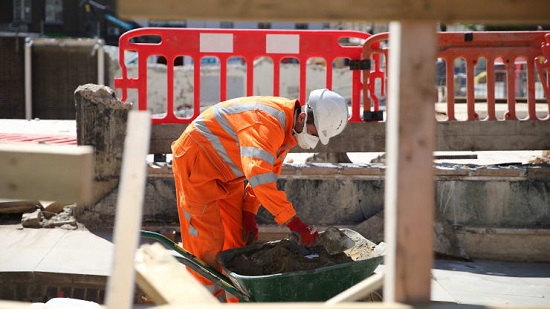 Monday, September 30, 2024
Monday, September 30, 2024  Monday, September 30, 2024
Monday, September 30, 2024 
Often involving thousands of people, large infrastructure projects comprise a range of stakeholders, including architects, designers, engineers and construction workers.
The way these schemes operate is changing, with technology and ideas focused on sustainability and efficiency becoming increasingly important.
One project that’s integrated renewable energy and smart technology into its development is HS2, a major high-speed rail network which, once up and running, plans to cut travel times between London and other major urban centers in England.
In recent weeks, HS2 has released details of several initiatives taking place on its sites. These include the trial of artificial intelligence technology to help the multi-billion dollar infrastructure plan lower carbon emissions and costs, as well as the use of electric construction equipment.
And, at the end of September, it was announced HS2 had been piloting solar and hydrogen powered cabins at site locations operated by the Costain Skanska and Skanska Costain STRABAG joint ventures, which are involved in the project’s development.
Designed and built by a firm called AJC Trailers, and supplied by GAP Group, the buildings use solar panels backed up by a hydrogen fuel-cell. The “Ecosmart ZERO” cabins, as they’re known, provide kitchen, toilet and changing room facilities for workers. Designed to be low noise, they emit only water vapor. In relatively simple terms, a fuel-cell combines hydrogen and oxygen to generate electricity, heat and water.
Across a period of 21 weeks, HS2 said 16 of the cabins saved 112 metric tons of carbon. This, it added, represented “the equivalent of what would be absorbed by over 3,367 trees over a whole year.” By contrast, if a standard diesel generator had been deployed, 40,000 liters of fuel would have been used, according to HS2.
While HS2 appears eager to deploy renewable and zero emission technologies across its sites, some have raised concerns about the scheme’s wider impact on areas including wildlife and those living near the project. For its part HS2 says it will, among other things, plant millions of trees on the route as well as fund woodland in other parts of the country.